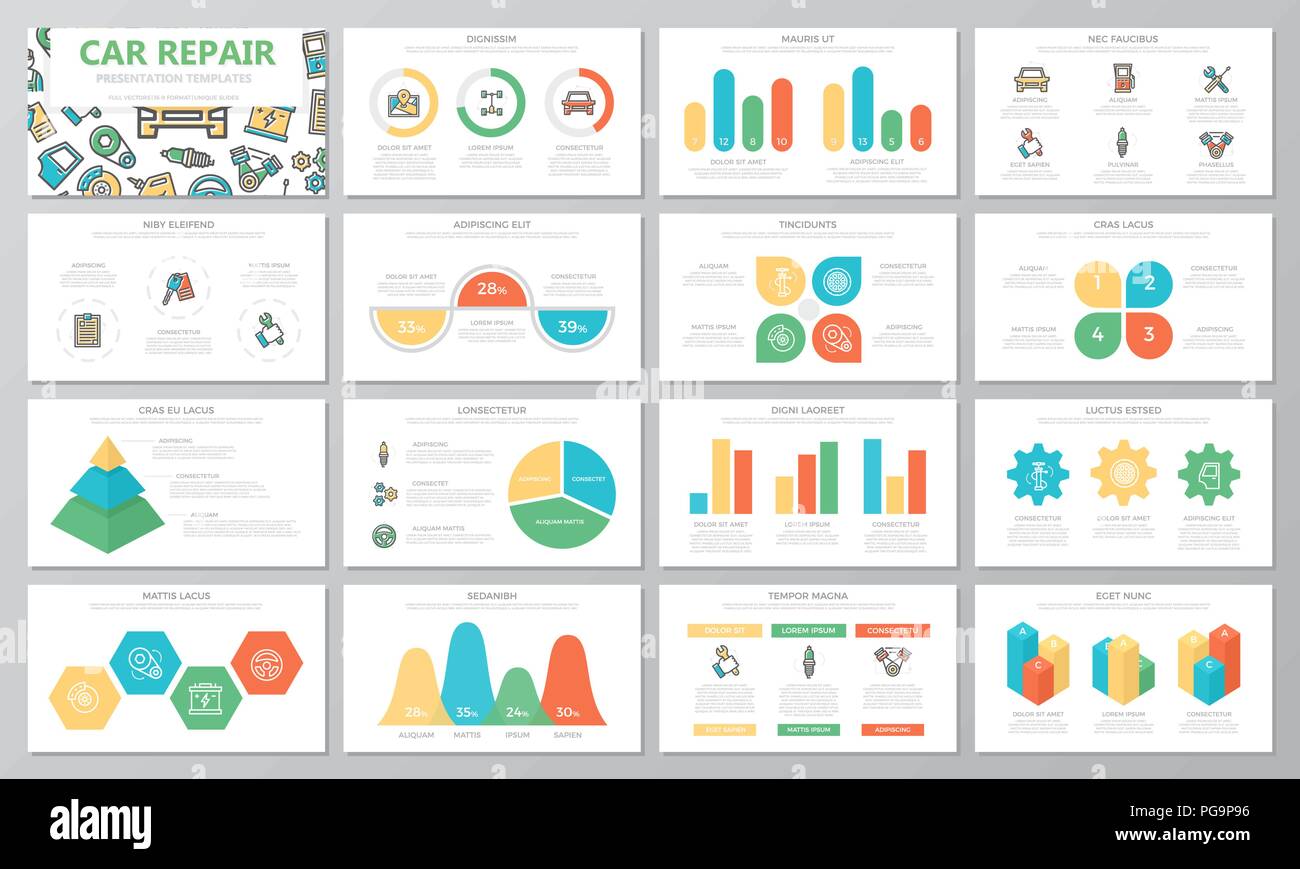Analyzing Your Automobile'S Alert Lights: Their Real Effects
Analyzing Your Automobile'S Alert Lights: Their Real Effects
Blog Article
Article Composed By-Sykes Gilbert
When you're behind the wheel, those beautiful warning lights on your dashboard can be a bit bewildering. Do washing and detailing a car know what they're attempting to tell you concerning your car's health and wellness? Recognizing the significance of these lights is important for your safety and the durability of your lorry. So, the next time among those lights appears, wouldn't you wish to understand its message accurately and take the required steps to address it?
Common Caution Lights and Interpretations
Identify usual caution lights in your vehicle and understand their meanings to ensure risk-free driving.
The most regular warning lights include the check engine light, which indicates issues with the engine or emissions system. If this light comes on, it's essential to have your car inspected without delay.
The oil stress alerting light suggests low oil stress, calling for prompt attention to prevent engine damages.
A blinking battery light could suggest a damaged charging system, potentially leaving you stranded otherwise addressed.
The tire stress monitoring system (TPMS) light alerts you to low tire pressure, influencing automobile security and fuel effectiveness. Disregarding this could lead to hazardous driving conditions.
The abdominal light indicates a trouble with the anti-lock stopping system, endangering your capacity to stop rapidly in emergencies.
Last but not least, the coolant temperature level advising light warns of engine getting too hot, which can lead to serious damages otherwise fixed promptly.
Recognizing these typical warning lights will certainly aid you resolve issues immediately and keep risk-free driving conditions.
Importance of Prompt Focus
Understanding the usual warning lights in your car is just the first step; the relevance of quickly attending to these warnings can not be stressed enough to guarantee your safety and security when traveling.
When a warning light illuminates on your dashboard, it's your vehicle's method of interacting a potential problem that needs focus. Ignoring these cautions can cause much more serious issues later on, compromising your safety and security and possibly costing you much more out of commission.
Trigger attention to advising lights can avoid breakdowns and accidents. For example, a flashing check engine light might suggest a misfire that, if left neglected, could cause damage to the catalytic converter. Addressing this promptly can conserve you from a costly fixing.
Similarly, a brake system advising light may signify reduced brake liquid or used brake pads, essential parts for your safety when driving.
DIY Troubleshooting Tips
If you see a warning light on your dashboard, there are a couple of DIY fixing tips you can attempt prior to seeking expert help.
The first step is to consult your vehicle's guidebook to understand what the certain warning light shows. Often the problem can be as straightforward as a loose gas cap causing the check engine light. Tightening the gas cap might solve the trouble.
One more common problem is a reduced battery, which can activate various alerting lights. Examining the battery connections for corrosion and guaranteeing they're safe may fix the issue.
If a caution light continues, you can attempt resetting it by separating the car's battery for a couple of mins and then reconnecting it. Additionally, examining your lorry's liquid degrees, such as oil, coolant, and brake liquid, can help troubleshoot alerting lights connected to these systems.
https://www.ratchetandwrench.com/articles/12549-fisher-auto-parts-acquires-lacava-and-sowersby
In conclusion, recognizing your automobile's caution lights is necessary for maintaining your car running efficiently and safely. By immediately attending to these informs and recognizing what they suggest, you can stay clear of expensive fixings and potential breakdowns.
Bear in mind to consult your cars and truck's guidebook for particular information on each cautioning light and take action as necessary to guarantee a trouble-free driving experience.
Remain informed, remain safe when traveling!
